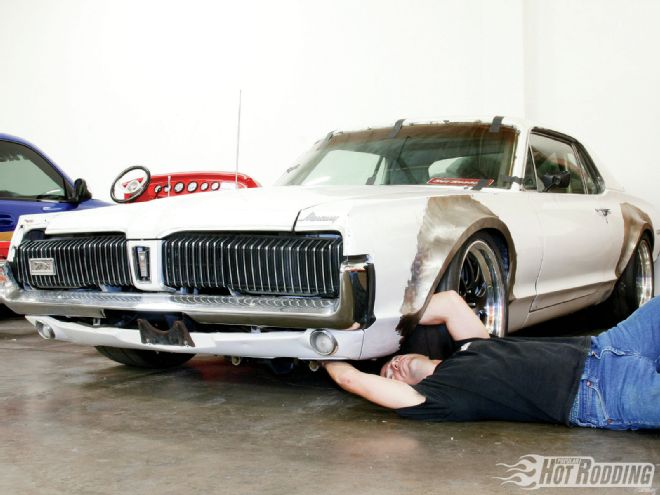
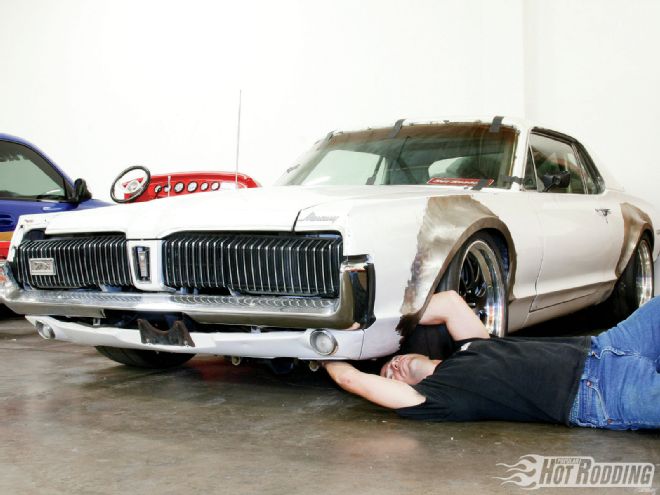
One thing that we should probably clear up right off the bat is that an antiroll bar—more popularly known as a sway bar—is not the final word in handling, nor is it the most important component; they’re simply a tuning tool that must be tailored to work with the rest of a suspension system to get the desired handling effect. Sway bars do that by adjusting the understeer/oversteer balance of a car as it negotiates a curve by essentially coupling the front wheels together and using torsion to overcome body roll. That coupling also allows fine-tuning of the amount of load that transfers to the outside tires during cornering.
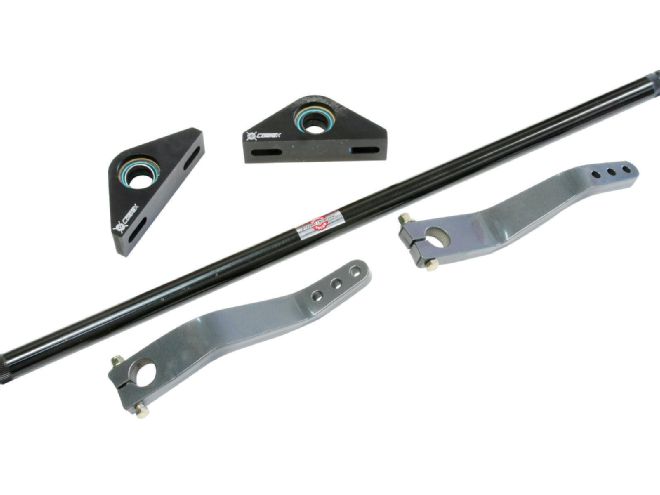 This is the Xtreme Grip sway bar kit from CorteX Racing. The bar is a standard piece from Speedway Engineering, which is spec’d per application. These arms are built by Speedway Engineering specifically for the CorteX Racing Xtreme Grip suspension, but they are also available in many configurations to fit other suspension designs and can even be custom bent by Speedway per your spec if need be. Variations on this kit are available from CorteX as well.
This is the Xtreme Grip sway bar kit from CorteX Racing. The bar is a standard piece from Speedway Engineering, which is spec’d per application. These arms are built by Speedway Engineering specifically for the CorteX Racing Xtreme Grip suspension, but they are also available in many configurations to fit other suspension designs and can even be custom bent by Speedway per your spec if need be. Variations on this kit are available from CorteX as well.
The key word in all of that is tuning. Technically, you can run a car without sway bars and get similar roll resistance by cranking up the spring rate, but you’ll end up with a car that’s extremely stiff and doesn’t handle bumps or irregularities well. Sway bars (either in tandem or singly in the frontend of the car) allow for softer springs, since it’s essentially an auxiliary torsion spring that only comes into play when you need it the most: while cornering.
Sway bars come in two styles: standard one-piece bars, and three-piece splined bars, often referred to colloquially as NASCAR bars. Nearly all factory cars use one-piece bars and soft rubber bushings since they are cheap to manufacture and will create enough roll resistance without sacrificing comfort. Many enthusiasts turn to larger-diameter one-piece bars with polyurethane bushings to increase effectiveness, but there are still some inherent drawbacks like deflection and binding.
That’s not to say that traditional-style one-piece bars and bushings don’t work well; they absolutely do on many cars, but they introduce variables that are difficult to tune out on serious Pro Touring or track cars. By design, single-piece bars can and do flex along the arms as well as on the torsion spring section of the car, which causes an incalculable reduction in the bar rate of the whole assembly. Larger, stronger bars negate some of this, but the torsion is still not isolated to the torsion spring. The binding and deflection part comes from the use of pliable mounts that squish since they absorb energy rather than forcing the bar to handle all of it. That can result in unpredictable winding and unwinding of the sway bar when under extreme loads.
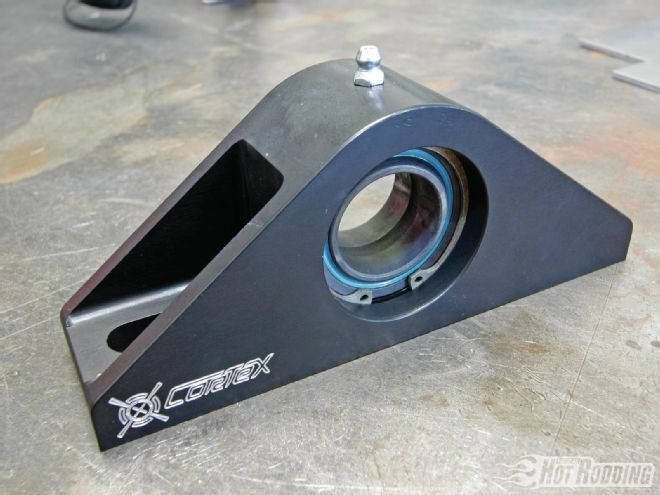 While standard one-piece bars use rubber or polyurethane mounts, these billet spherical bearing mounts available from CorteX Racing are a big key to the effectiveness of the this kit since they allow the bar to roll easily, but prevent deflection and binding from occurring at the mounting points.
While standard one-piece bars use rubber or polyurethane mounts, these billet spherical bearing mounts available from CorteX Racing are a big key to the effectiveness of the this kit since they allow the bar to roll easily, but prevent deflection and binding from occurring at the mounting points.
The three-piece splined sway bar effectively eliminates both problems since it typically uses spherical bushings or bearings at the end of the torsion bar that eliminates deflection and binding. The splined arms are also much more rigid than the one-piece bar’s arms, so the torsional force from the suspension is focused upon the torsion spring itself.
As for the tuning aspect, because of their extensive use in motorsports, splined bars are available in a large selection of bar sizes and rates, plus they’re easy to swap in and out, giving you the ability to tune your car quickly for a specific activity. One-piece bars are usually only available in one or two diameters and are platform-specific rather than universal, so you’re limited to what’s available on the market. For quite a few offbeat classics, there may not be anything available.
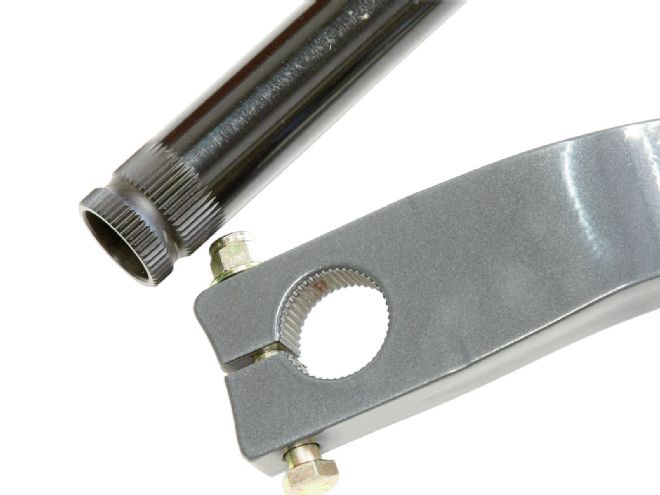 Here’s how the arms and the bar interact on a splined sway bar. Once the arms are tightened onto the bar there will be no movement at this joint, so all torsional forces will be exerted on the bar itself.
Here’s how the arms and the bar interact on a splined sway bar. Once the arms are tightened onto the bar there will be no movement at this joint, so all torsional forces will be exerted on the bar itself.
The good news is that with a little planning and the correct parts choice, you can upgrade to a splined sway bar on any car; all you really need is a flat surface to locate the mounts, the tabs on the lower control arms for the endlinks, and arms with the proper bends to clear steering and other components.
With all that said, do you actually need one? Maybe. It depends on how hard you like to drive your car and how much control you want over making adjustments. For the Max Effort ’67 Cougar project car, the tunability of the suspension is vital, so we’ll be installing a splined sway bar from CorteX Racing.